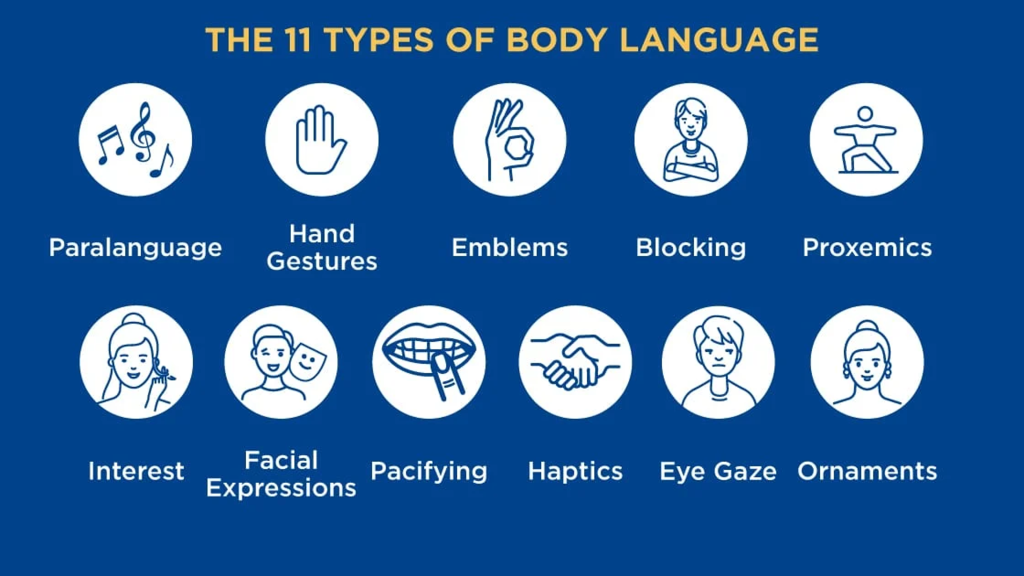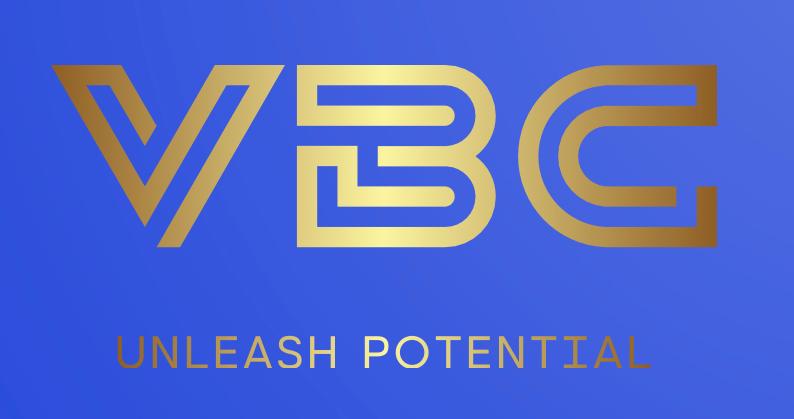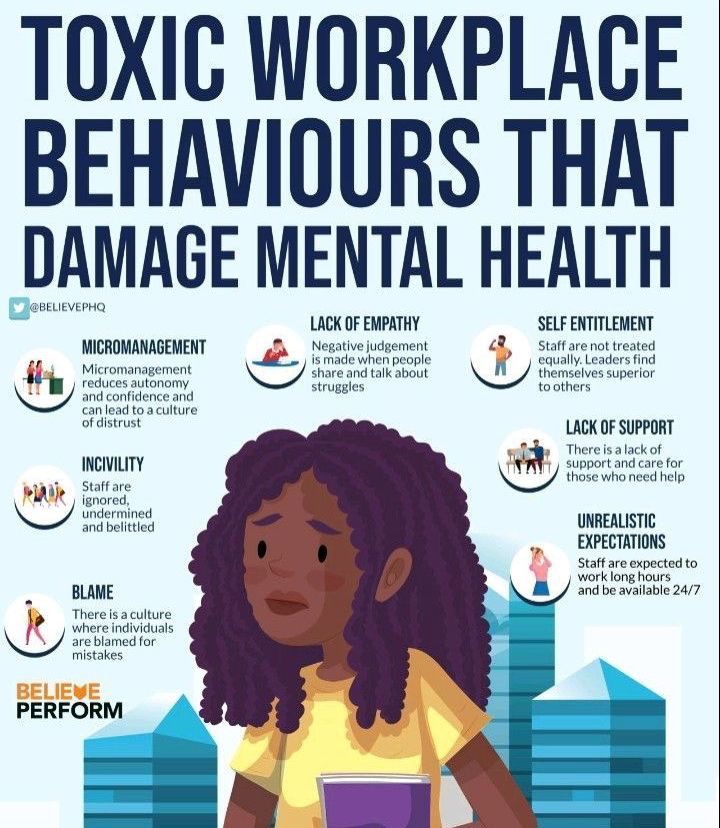Framework for Effective Communication:
1. Active Listening:
• Application at Workplace: During team meetings, practice active listening by focusing on your colleagues’ perspectives without interrupting.
• Live Example: Imagine a scenario where a team member disagrees with a proposed strategy. Actively listen to their concerns before responding.
• Challenges and Strategies: The challenge lies in resisting the urge to formulate your response while listening. Overcome this by consciously focusing on understanding the speaker’s viewpoint before formulating your own.

2. Empathy in Action:
• Application at Workplace: In one-on-one discussions, put yourself in your colleague’s shoes to understand their feelings and concerns.
• Live Example: If a team member is struggling with a project, empathize with their challenges and offer support.
• Challenges and Strategies: The challenge may be in genuinely connecting with others’ emotions. Overcome this by acknowledging their feelings and expressing your understanding.
3. Maintaining Composure:
• Application at Workplace: In high-stress situations, practice maintaining a calm demeanor to diffuse tension.
• Live Example: When addressing performance issues, stay composed to foster an open and non-confrontational atmosphere.
• Challenges and Strategies: The challenge is staying calm when emotions run high. Counter this by taking a deep breath, pausing, and choosing your words carefully.
4. Clarity and Assertiveness:
• Application at Workplace: Clearly express your ideas and concerns during team discussions, ensuring your points are understood.
• Live Example: When proposing a new project, be assertive about its benefits and address potential challenges proactively.
• Challenges and Strategies: The challenge is finding the balance between being assertive and respectful. Overcome this by using “I” statements to express your thoughts and avoiding blame.
Real-life Challenges and Strategies:
1. Resistance to Feedback:
• Challenge: Employees may resist constructive feedback, hindering growth.
• Strategy: Highlight the positive aspects first, then address areas for improvement, fostering a growth mindset.
2. Cultural and Language Barriers:
• Challenge: Diverse workplaces may face communication barriers due to cultural and language differences.
• Strategy: Implement cultural sensitivity training and provide language support to ensure effective communication.

3. Addressing Sensitive Topics:
• Challenge: Discussing sensitive topics like salary or performance can be uncomfortable.
• Strategy: Approach these discussions with transparency, emphasizing mutual benefit and growth.
How do you deal with difficult conversations and did it work effectively?
#effectivecommunication
#handlingdifficultconversation

